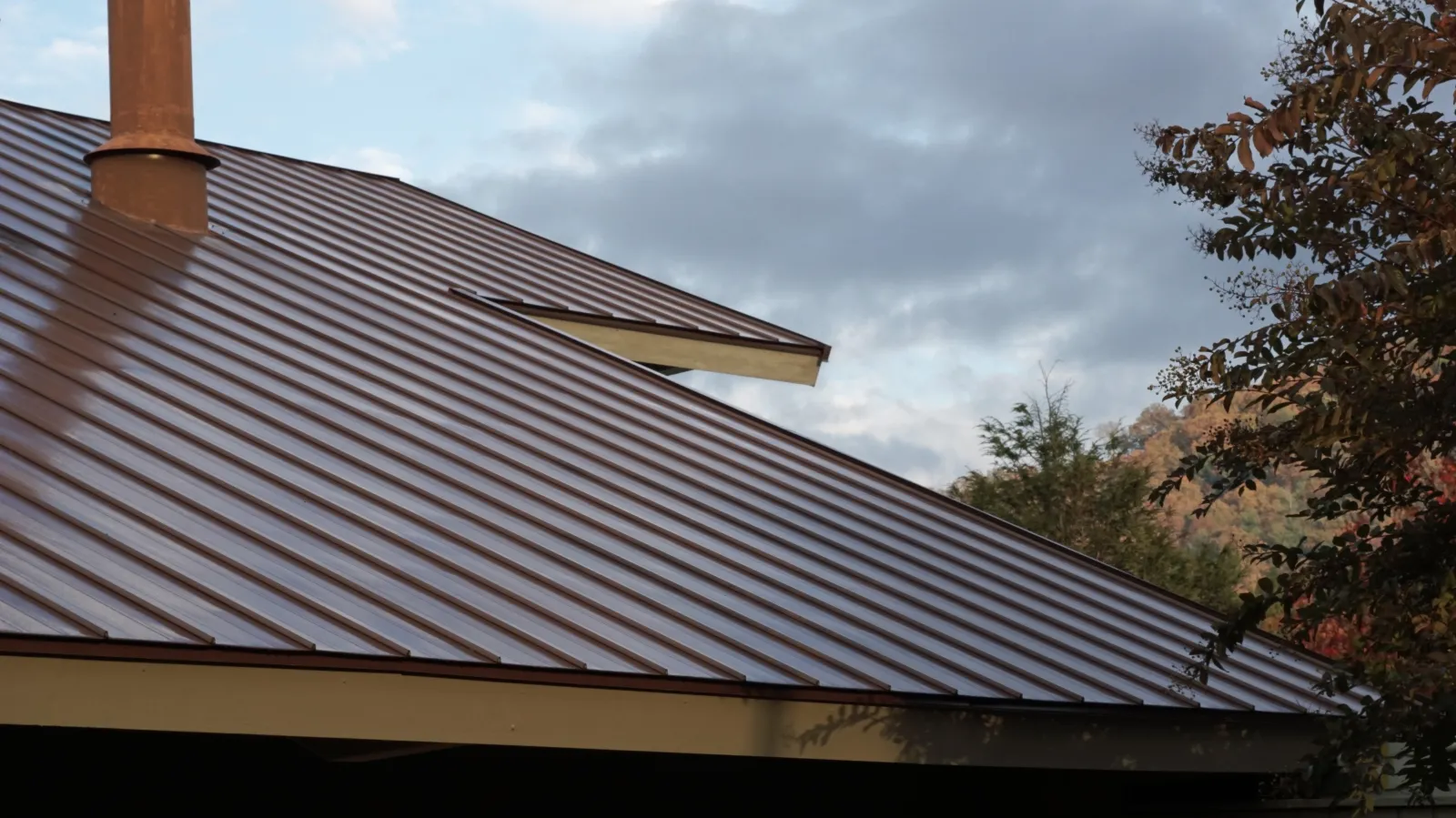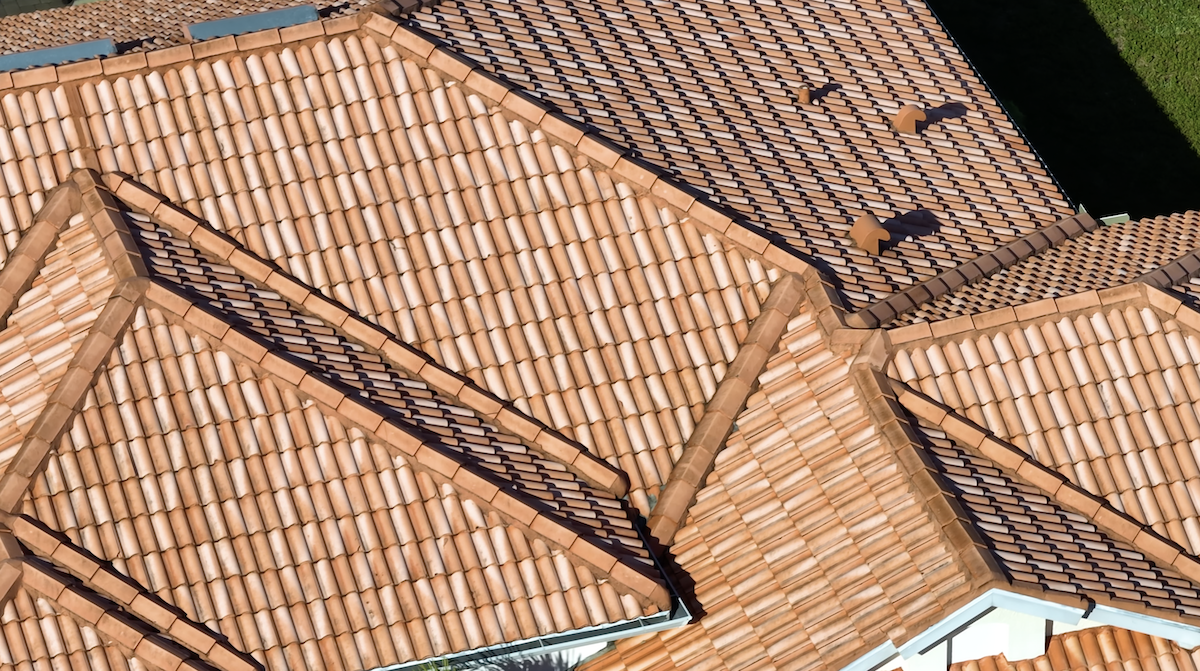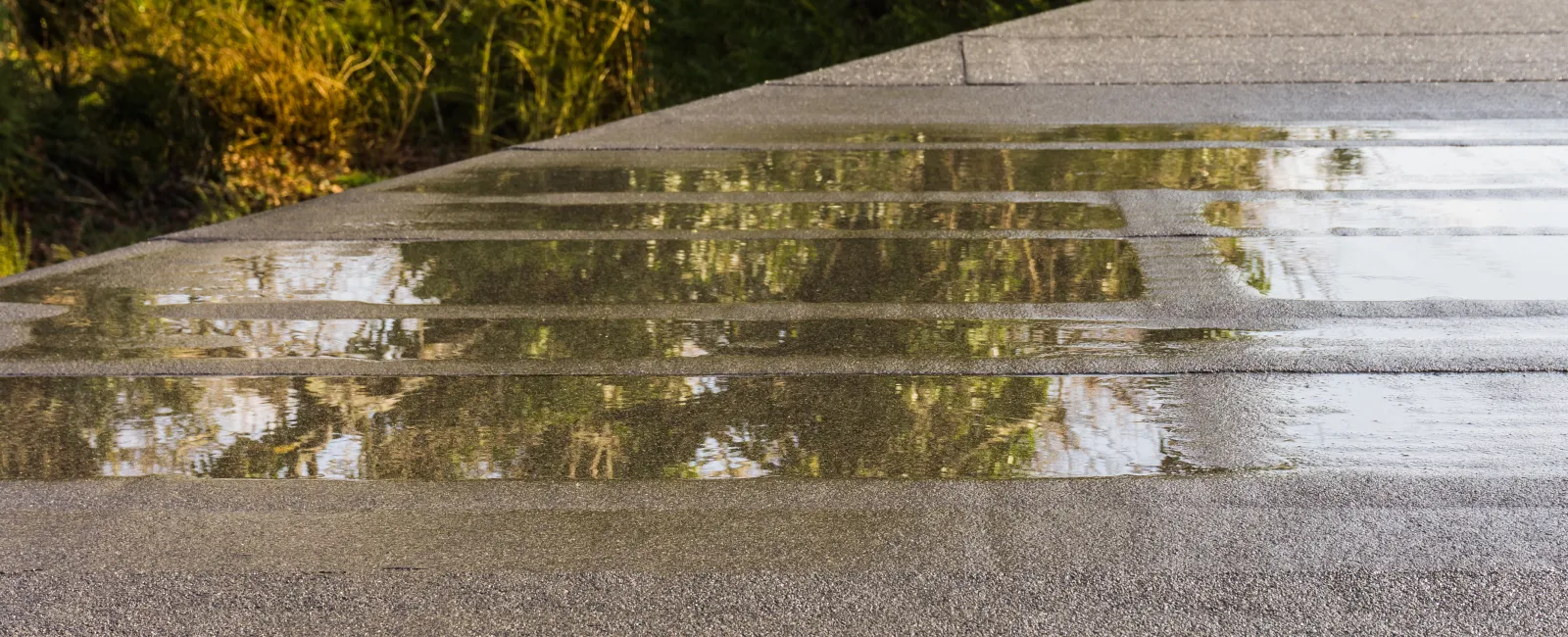Roof Materials and Hot Climate
Optimal comfort and energy efficiency remain a top priority for homeowners. Your roof plays a key role in that. When roofing is subject to the intensity of hotter climates, a decrease in comfort and energy efficiency can soon follow. This inconvenience drives the importance of selecting the right roofing material for homes in hot climates.
With expertise from Northpoint Roofing Systems, you'll gain a sufficient understanding on how the right roofing material can impact energy efficiency and comfort. Even accessories such as solar panels, ventilation, and insulation can make a difference, for better or for worse. We'll discuss important factors to consider, the best roof color for hot climates, and evaluate specific materials.
Factors To Consider for Your Roof
If you live in a hot climate, there are certain factors you'll have to consider for your roof. These factors include:
Shape - The shape of a roof in a hot climate should be properly sloped for upward airflow and ventilation.
Color - Light-colored roofs reflect sunlight while dark-colored roofs absorb sunlight.
Material - Certain roofing materials are more energy efficient than others. Some roofing materials are geared towards insulation and reflection properties to keep your home cool and keep cool air inside.
Best Roof Color for Hot Climate
The color of a roof is directly related to heat absorption and reflection capabilities. The best roof color for hot climates favors lighter colors known for reflecting incoming sunlight. In warmer regions, the best colors for roofs include:
White
White roofs remain a top option for hot climates because they absorb the least amount of heat. This significantly reduces the temperature of the home and the roof itself. Additionally, white roofs offer a sleek and standout appearance.
Gray
Light gray is another great choice for warmer climates as they don't retain as much heat. A key advantage of choosing a light gray is having the modern look of darker colors without the decrease in comfort and energy efficiency.
Beige
Beige-colored roofing aligns with natural earth tones, providing advantageous levels of heat reflection. While beige-colored roofs aren't as reflective as white or gray, heat absorption is still greatly reduced.
Best Roof Material for Hot Climate
Selection of the right roofing material for your home is one of the most important decisions to combat the negative effects of a hot climate. Key features of the best roofing materials for hot climates are reflectivity and insulating properties.
Take a look at some of the best materials:
Metal Roofing - Metal roofing comes with reflectivity, cooling benefits, and durability.
Clay and Terracotta Tiles - A popular option in hot climates due to its natural heat resistance.
Concrete Tiles - Concrete tiles are commonly used for their durability and their superior heat resistance.
Cool Roof Coatings - Cool roof coatings are specially designed to enhance heat reflection for existing roofs.
Shingles - Among the most popular, lighter-colored shingles are a cost-effective option to combat hot climates. It's important to note that in hotter climates, shingles can degrade faster than other materials.
Metal Roof vs Shingles in Hot Climate
Metal and shingle roofs reign among the most popular options for residential properties. Each type of roof wields its respective advantages and disadvantages, especially in hotter climates. Let's take a closer look at the pros and cons of each type.

Metal Roof Pros
High solar reflectivity capabilities reduce cooling costs
A lengthy lifespan of 40-70 years
Durable against extreme heat and weather conditions
Energy-efficient
Metal Roof Cons
Higher upfront cost
Can be noisy during rain or hail storms
Susceptible to salt water
Shingle Pros

Lower initial cost
Easy to install and replace
A variety of colors and styles available
Shingle Cons
Absorbs heat, increasing cooling costs
Shorter lifespan of 15-30 years
Prone to cracking, curling, and heat damage
Lifespan Comparison
There's a sizable gap between the lifespans of metal and shingle roofing.
At a lifespan of 40-70 years, metal roofing may cost more upfront, but the need for replacement isn't a worry until farther in the future.
With the lifespan of 15-30 years out of a shingle roof, replacement is going to be required sooner and repairs are more common throughout its lifespan.
Best Material for Hot Weather
With the pertinent information laid out, what is the best material for hot weather? Let's break it down by category.
Best for Energy Efficiency & Durability: Metal Roof
Best for Affordability & Short-Term Use: Asphalt Shingles
Best Overall for Hot Climates: Metal Roof
Due to its longevity, heat reflectivity, and lower cooling costs, a metal roof stands out as the best roof material for hot climates.
Professional Metal Roofing Services
Battle the hot climate successfully and improve the comfort and energy efficiency of your home with metal roofing services from Northpoint Roofing Systems. Our team partners with leading manufacturers to deliver top-quality metal roofing products. With our certified roofers at your side, the benefits of metal roofing have never been more attainable.

